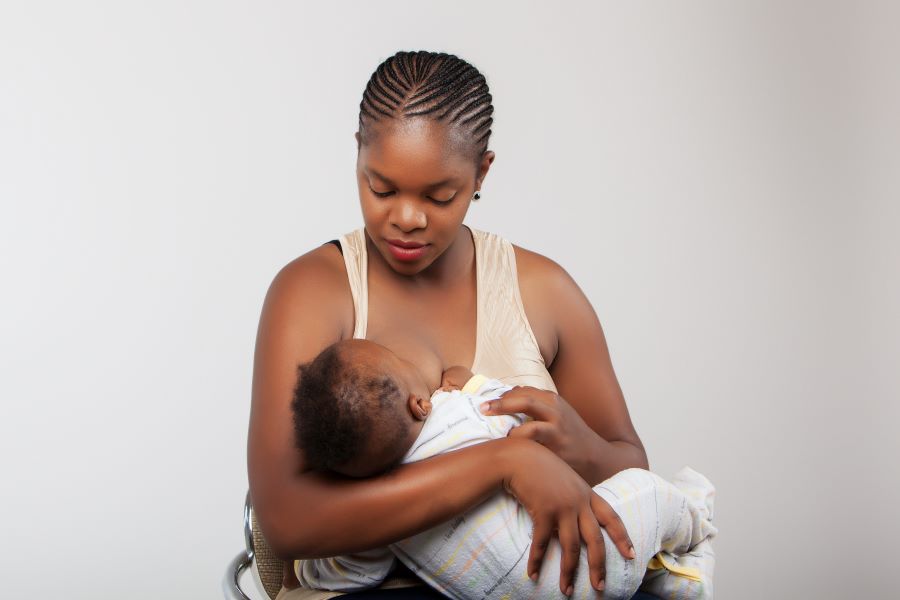4 Most Common Breastfeeding Problems

While there are countless benefits to breastfeeding, many new mothers are shocked to learn that breastfeeding can be painful. Some complications new moms may encounter include:
Cracked, sore nipples: Sore or cracked nipples are common in the first few weeks. They are usually caused by your baby not being properly latched onto your breast during nursing. You may need the help of a lactation specialist or your pediatrician to figure out the best position to feed your baby. If you experience this problem, try applying lanolin ointment to your nipples after each feeding to help heal the area. Despite the discomfort, it is important to continue breastfeeding during this time so your milk supply does not decrease.
Yeast Infections: If you experience severe breast pain during or after nursing, you may have a yeast infection in your breast. You may notice that your nipple appears very red, or there may be no outward signs other than pain. You should see your doctor if the redness or pain continues.
Engorgement: Your breasts may become extremely swollen and painful, and you may become engorged when your milk first comes in or when you go for a prolonged time without feeding your baby. You may need to pump or express milk before feeding, as engorged breasts can be difficult for the baby to even latch onto. You might even need to pump after feeding if your baby does not empty both breasts. Be careful, however, not to pump too often. Your body might increase milk production in response to more pumping, which will only make the problem worse. Beyond pumping, gentle massage and warm compresses can help to relieve the symptoms.
Mastitis: Perhaps the most serious complication of breastfeeding, mastitis can cause a mother to become quite sick. The telltale sign of mastitis includes an area of very tender redness over the breast. Other symptoms include fever, chills, fatigue and body aches. Mastitis is usually a result of a clogged milk duct that becomes infected. At the first sign of an infection, apply warm compresses to the affected area of your breast, massage the area frequently, and take medicine to control the fever and pain. However, if symptoms continue, you will likely need antibiotics to treat the infection.
Sources:
- US Department of Health & Human Services
- Common Breastfeeding Challenges.
La Leche League International - It hurts when my milk “lets down…”
Powered by Bundoo®










